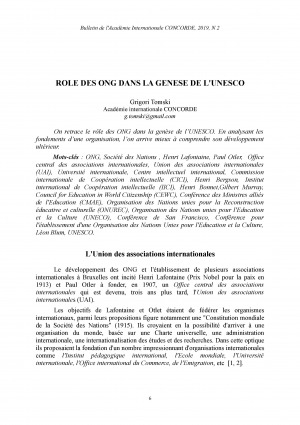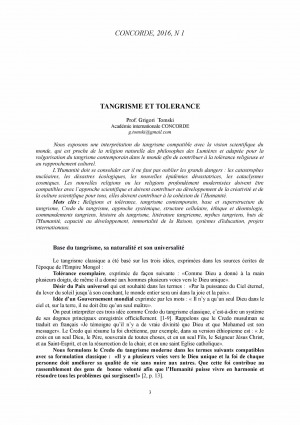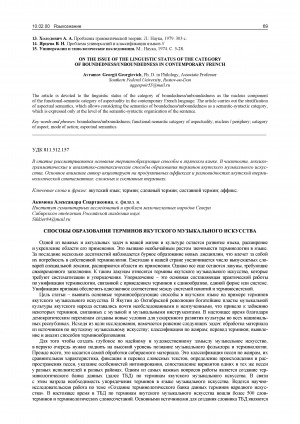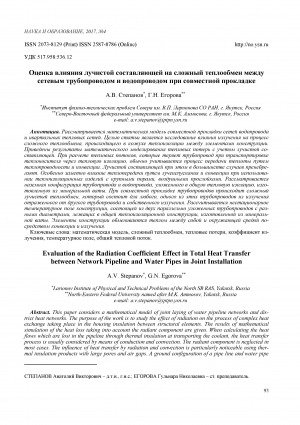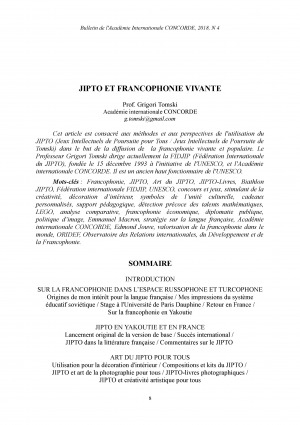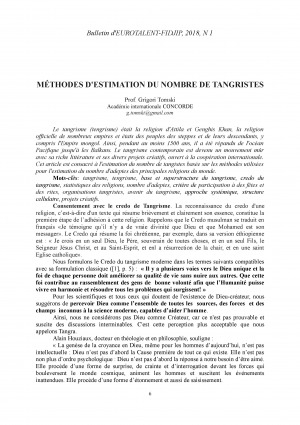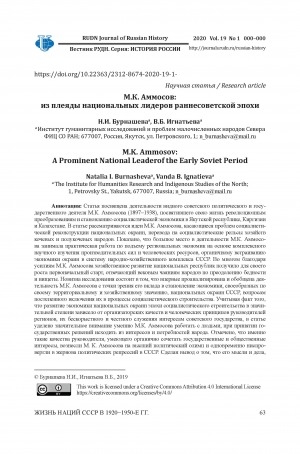Проблема оперативного лечения мультифокального поражения крупных суставов нижних конечностей, несмотря на приложенные к ее решению усилия, все еще остается актуальной: отсутствуют четкие показания к характеру оперативного лечения в зависимости от причины деструктивных поражений суставов, не отработана методика предоперационного планирования и послеоперационного ведения больных и др. В статье освещается изучение отдаленных результатов тотального эндопротезирования тазобедренных и коленных суставов 224 пациентов, оперированных в травматолого-ортопедическом отделении РБ N 2 - ЦЭМП за период с 2006 по 2014 гг. Функция тазобедренного сустава оценивалась по шкале Harris Hip Score, а для оценки функции коленного сустава использовалась шкала Joseph et Kaufman (1990). Отдаленные результаты в сроки от 6 месяцев до 5 лет изучены у 178 (79,5 %) пациентов. После эндопротезирования обоих тазобедренных суставов через 12-24 мес. (67 пациентов) средний балл составил 88,2±7,9 у 68,7 % пациентов и 76,5±3,7 у 31,3 %. Результаты эндопротезирования обоих коленных суставов (97 пациентов) были оценены как хорошие у 79,4 % пациентов (89,2±7,8 баллов) и у 20,6 % как удовлетворительные (76,4±3,2 баллов). У всех пациентов с эндопротезированием 3 и более суставов средняя оценка составила 77,1±4,6 баллов. Исследование позволило установить, что при множественном поражении крупных суставов нижних конечностей этапное тотальное эндопротезирование позволяет восстановить функцию нижних конечностей и существенно улучшить качество жизни пациентов
The problem of surgical treatment of multifocal lesions of the hip and knee joints, despite of great efforts is still unsolved. Currently, there are no clear indications for the character of surgical treatment depending on the reason of destructive lesions of the joints, technique of preoperative planning and postoperative management in patients is discussable. In addition, we did not find the literature data, where the long-term outcomes and functions of the extremities, were mentioned and analyzed. All this shows the great clinical aspect of the field. The aim of this study was to evaluate long-term results of total hip and total knee joint replacement. Materials and Methods: The study is based on a study of long-term results of total hip replacement in 224 patients who were operated in the trauma and orthopedic department of Republican hospital ө 2 - Centre of emergency medical care (CEME) for the period from 2006 to 2014. Total bilateral knee consecutive total joint replacement (in 111 (45.5 %) patients) or bilateral hip consecutive total joint replacement (in 99 (44.2 %) patients) was done in 210 patients (93.7 %); one-sided knee and one-sided total hip joint consecutively in 6 (2, 6 %), bilateral total knee and unilateral total hip joint replacement - 3 (1.4 %), bilateral total hip and unilateral total knee joint replacement - 3 (1.4 %), bilateral total hip and total knee joint replacement - 2 (0.9 %). Results: The hip joint functionality was evaluated according Harris Hip Score scale, and knee joint function - Joseph et Kaufman scale (1990). Long-term results in terms from 6 months to 5 years were studied in 178 (79.5 %) patients. In 12-24 months after bilateral hip joint total replacement (67 patients), the average score was 88.2 ± 7,9 in 68.7 % of patients, and 76,5 ± 3,7 % in 31,3. The results after bilateral knee joint total replacement (97 patients) were evaluated as “good” in 79.4 % patients (89,2 ± 7,8 points) and 20.6 % as “satisfactory” (76,4 ± 3.2 points). All patients with 3 or more prosthesed-joints had average 77,1 ± 4,6 points. Conclusions: Thus, in multiple lesions of hip and knee joints of the lower extremities consecutive total joint replacement allows restoration lower extremities functionality and improvement the quality of life in patients. The next step in the treatment of lower extremities multifocal joint lesions on the basement of trauma and orthopedic department of Republican hospital ө 2 - Centre of emergency medical care (CEME) should be simultaneous total replacement of two parallel joints with evaluation of long-term results


